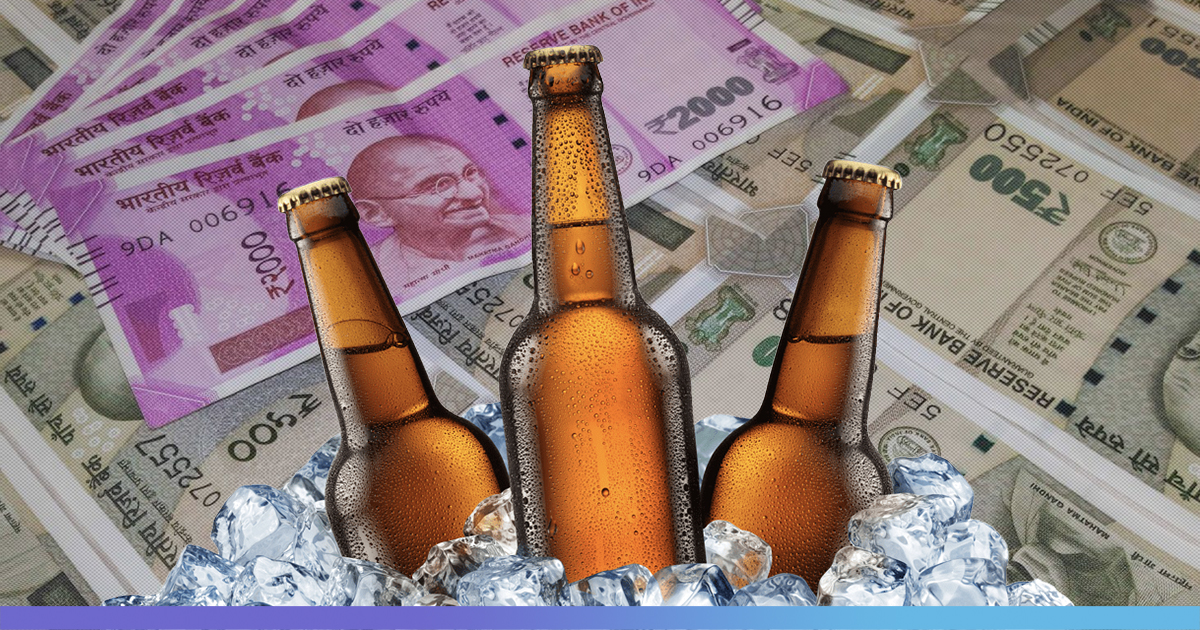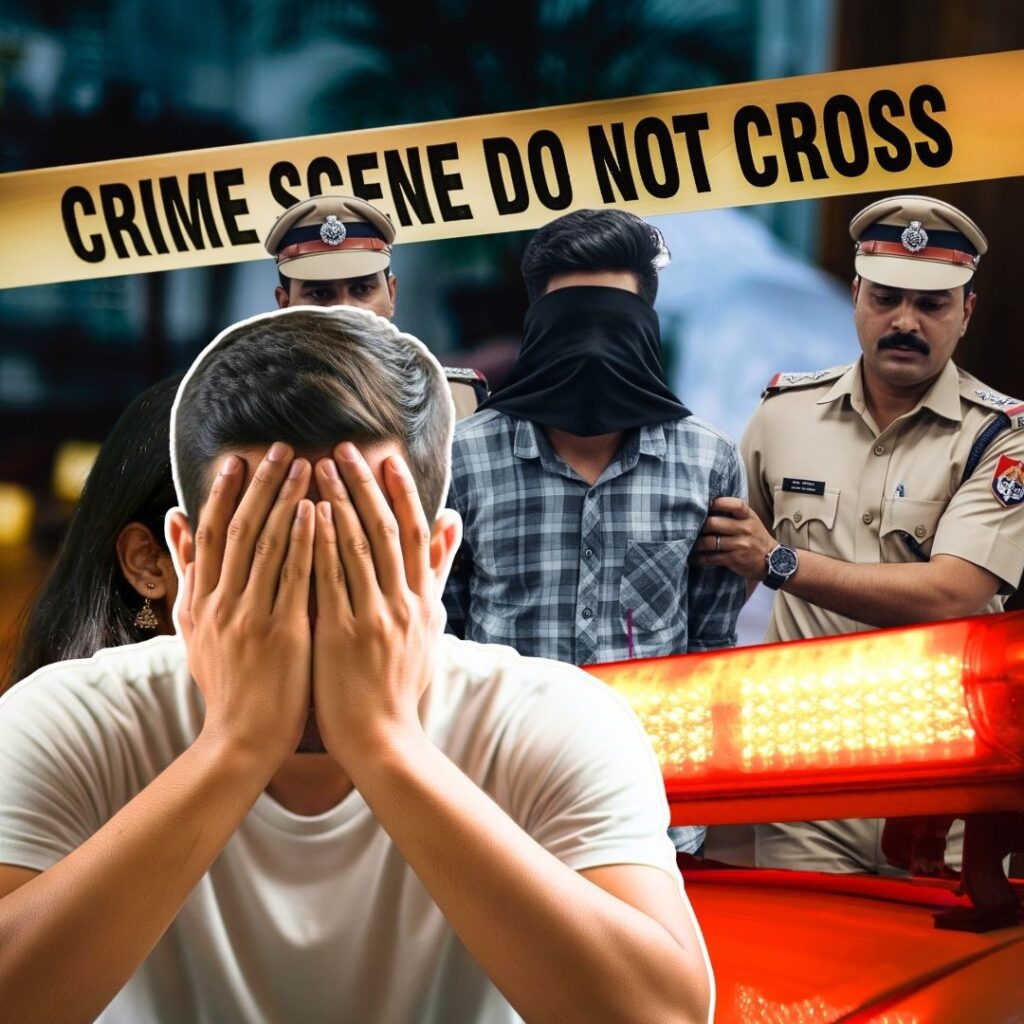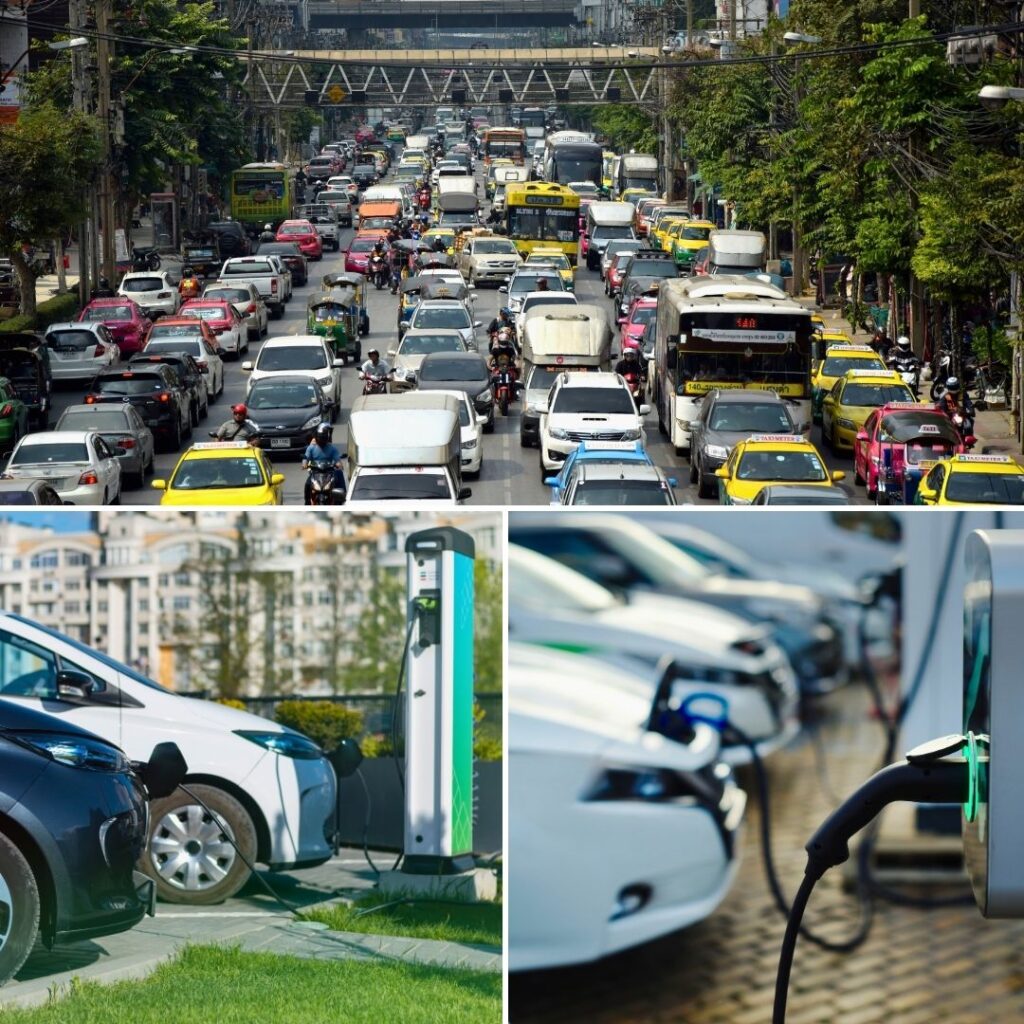I am from a semi-urban town in one of the Eastern states of India. I have just come back after a much-needed vacation because I was about to witness the elections as it happens truly. Till now I have been a consumer of media, print and digital. This was an opportunity to see what actually happens during elections by being on the ground itself. I also wanted to cross check if the media indeed shows us the correct picture of the biggest display of gargantuan scale at which the electoral process happens. This article is about what I observed and some questions which arise out of these facts. I have not even attempted to answer these questions. To jettison any controversy, let me not give you the names of the actual place, political parties or people. I talked to the actual people involved in the electoral process. They are the voters, party level workers, mandal level workers, district party presidents, candidates, some veterans of politics of the area, politicians, police, members of the election commission and even the local pan walas and chai walas, who in my view can predict election results better than any media person just because they live and survive at Ground Zero.
Let me give a fictionalized name to this small town, say, Aramnagar. Aramnagar was about to elect its representative to the Legislative Assembly. I have deliberately chosen to study the electoral process of an MLA and not a MP because firstly the action in case of MLA voting is much higher than MP voting. An MLA is way closer to the voter and the party workers than an MP. Having said this, let me give you demography of Aramnagar. It has a votable population of about 3 lakhs. It has around 26 villages and each village has around 2 to 3 polling booths. So it’s safe to assume that anyone getting 50000 to 80000 votes will be the winner. It’s a triangular contest between 3 parties, X, Y and Z, their candidates being A, B and C respectively. Let me convert this into a tabular illustration for easy reading.

Let me take you back in time to make you understand how these candidates were chosen by the respective parties. The real politicking starts around 4 years before the actual elections. The biggest truth here is that the rivalry of candidate A initially is never with candidate B but with candidates of his own party who are also vying for the same ticket. To start with, A starts meeting the booth level workers. Booth level workers are extremely important during the elections. These are the people who actually know the pulse of the people. They can almost accurately predict which household is going to vote for which party. So it becomes extremely important for the candidate to have a great equation to these booth level workers. In order to do that, he is required to hold meetings and discussions which starts with snacks and ends with alcohol. A particular candidate spends around Rs 20,000 to Rs 30,000 in these meetings. The frequency of these meetings is once in three months. So he is spending around Rs 20 lakhs for the entire constituency every year. So approximately he spends around a crore in a course of four years just to have the booth level workers aligned to him. And mind you this is not funded by the party or anyone. It is mostly funded by the candidate himself. The candidate can choose to get it funded by local businessmen but it gets difficult that early. Along with this cost, the candidate is required to host senior political leaders from his party, trips to the state capital and national capital, paying brokers to have a face to face meeting with cabinet ministers. All this effort is being put just to secure a ticket to fight the elections. By the time he is given a ticket, he is already down by Rs 4-5 crore. The other biggest cost and headache that he must subscribe to is maintaining a gang of hoodlums. No election can ever be fought without muscle power. A candidate must have to pay these hoodlums, secure them from law to ensure their loyalty and this process involves a huge amount of money. Once the date of elections is announced, the garrulous process of political campaigning starts. To show his might to the voters, the candidate must file his nomination by organising a procession of at least 2000-3000 people while going to the sub-divisional magistrate and this as well involves a lot of money. Then start the door-to-door campaigning, road shows, media interactions which all come at a cost,
The election I saw, all these political manifestos, development plans, promises etc. were nothing but a farce. They are just lip service. Two days before the actual voting date, the political campaign has to stop as per law. These two days and nights are the most important period in the entire journey of the candidate for 4 years. These days and nights are when votes are actually bought by money, meat and alcohol distribution. In a particular village, the workers of a political party identified that around 400 votes are going to be cast against them. They then visited these houses at night with Rs 500 note and election ink. They gave each of the members of the household Rs 500 and requested them to vote for their party. The villagers readily and happily took the money and agreed to vote for them. At this point, they took out the election ink and marked the index finger of every person, thereby nullifying their votes which were supposed to be cast the next day. For us, the generation Y, working for multinational companies, sitting in AC offices and homes, giving lectures about political process are somehow made to look so stupid and naïve. We are so far from reality and so less in number that no political party is actually interested in us. The political parties are actually interested in the majority which are the poor, down-trodden, lower middle class and hence corruptible.
I realised in these 2 nights, party X was offering Rs 1000 per vote, party Y was offering Rs 1200 per vote and party Z was offering Rs 700 per vote. As an MBA graduate, I have read fantastic case studies of supply chain management and distribution but now let me tell you confidently that the supply chain distribution that happens in these 2 nights to dole out money, mutton and liquor right under the nose of the police and the Election Commission has an efficiency level which even a hundred-year-old logistics company cannot achieve.
Now coming back to the maths, net to net, each of these candidates spend anywhere between Rs 10- Rs 12 crore to win. Around twenty per cent of this is funded by the party, rest eighty per cent is funded by local business houses. Now once this candidate wins, it’s obvious that he will look after the interests of his funders and not the voters. Its common knowledge in these areas and I can say this with confidence after looking at their assets, any regular candidate who is spending Rs 10- Rs 12 crore has a net worth of minimum Rs 50 crore and in the five years that he is going to rule, he is going to convert this to at least Rs 300 crore. It’s pure business. All the high ideologies of democracy that we read and hear about don’t exist at most of the places. Yes, there are exceptions but they are far and few and this is the actual reality of Indian Elections.
Also Read: My Opinion: I Saw An American Waiter Serving To Indians In The US & Realised Why Trump Won











